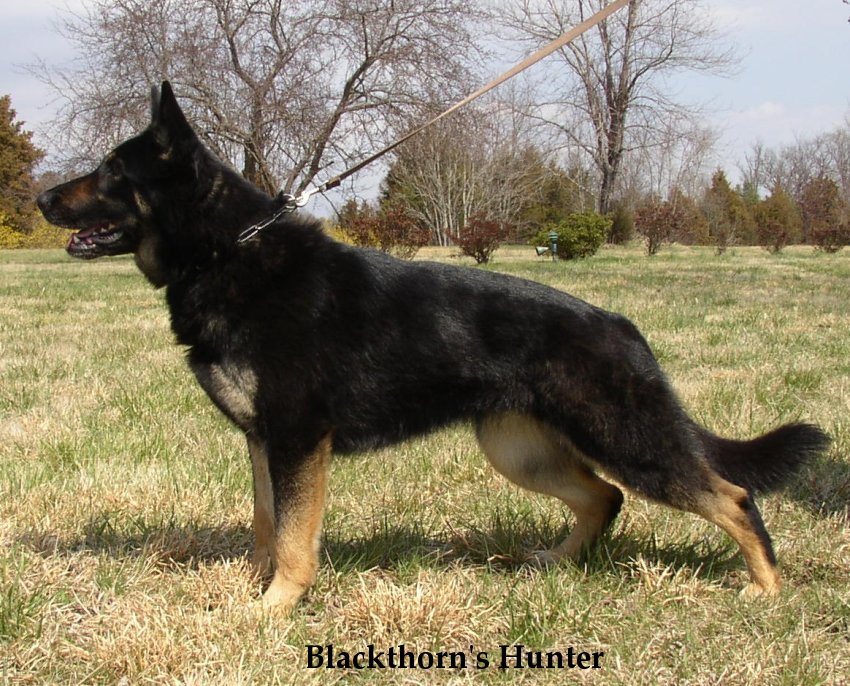
This is a placeholder text
Group text
by VomRuiz on 29 March 2010 - 21:03
I just wanted to say that I asked my breeder of Indi about the bi coloring with the gray undercoat... Since hers started bleeding through to the top coat...He said yes, still a bi color... Here is an example of what she look like now...
Stacy
by BlackthornGSD on 29 March 2010 - 21:03
Christine
by VomRuiz on 29 March 2010 - 22:03
I appreciate the comment :-) I thought at first she was changing her puppy coat...
She actually is hardly losing any hair.. Breeder said he sees it in a few of the sire's offspring occasionally.
Oh and she's a bit dusty lol..
Stacy
by VomMarischal on 29 March 2010 - 23:03
And Indi looks great, even with the perpetual Dead Animal in her mouth!
by BlackthornGSD on 30 March 2010 - 03:03
She's actually just getting ready to blow her coat in this picture from a couple of years ago, and you can see the light undercoat around her neck and thighs. It kinda makes me think that the bicolor is more a melanistic gene that overlays the b/t pattern, but when you combine it with a black recessive, it makes for a a more "solid" overlay. I think Hunter is a bicolor with no black recessive. Coal (dog in my icon) is bicolor with a black recessive.

by pod on 30 March 2010 - 07:03
The paper on the DNA research for the A locus is due to be published in the next couple of months.
by micheleambernick on 30 March 2010 - 10:03
by bazza on 30 March 2010 - 12:03
by Silbersee on 30 March 2010 - 13:03
which study is it that you are referring to? Color patterns are very fascinating to me. I know that "a-t" is the black and tan pattern and that modifiers are responsible for the degree of shading but it was never clear to me if bi-color is a different gene or not. The SV does not differentiate but the AKC does in their description. Most of the information I have is from Malcolm Willis and he is not sure about that subject either.
As to the undercoat getting lighter (more grayish or so) before it comes out, it could also be due to it being dead hair. Even my solid black dogs look mahogany colored or brownish before and during shedding. Also, there is a sun bleaching factor as well. Age plays are role too.
by pod on 30 March 2010 - 14:03
Back in the 50s Clarence Little was first to group bicolour, saddle and all the tanpoint variations together as one A locus allele, and it seems now he was correct. I have spoken with Malcolm Willis about this on several occasions over the years and he does now agree that Little was correct.
Contact information Disclaimer Privacy Statement Copyright Information Terms of Service Cookie policy ↑ Back to top




